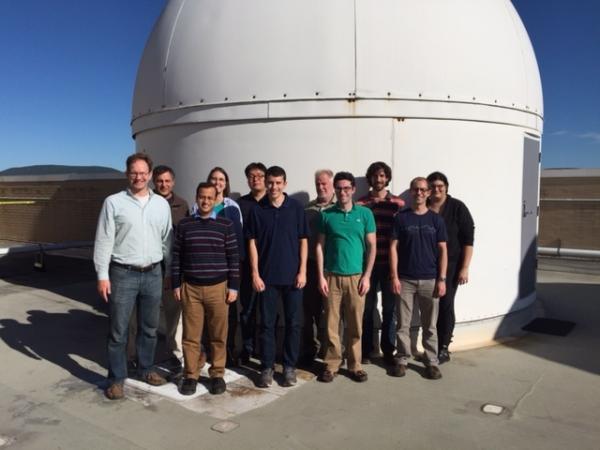
In 1998, everything changed. Before that, we thought we knew the laws of the universe. The force of the Big Bang began an expansion, while attractive gravitational pull of every piece of matter in the universe acted to slow the expansion down. The question was whether this pull was strong enough to reverse the expansion altogether and create a Big Crunch. But then in 1998, we discovered dark energy, a component of the universe that is causing the universe to fly apart, as if being pushed by anti-gravity.
But how has dark energy evolved with cosmic time? In 1917, before we knew about the motions of the universe, Einstein added a “Cosmological Constant” to his theory of general relativity to “hold back gravity” and prevent the universe from collapsing upon itself. Shortly thereafter, he declared this constant of integration to be his greatest blunder, as the observed dynamics of the universe seemed to make it unnecessary. But the formalism remained, and it makes a clear prediction as to how dark energy should evolve. But is this idea correct?
Penn State astronomers are about to find out. This spring, the Hobby Eberly Telescope Dark Energy Experiment (HETDEX) will begin a large survey, which will look 10 billion years back in time and map out how matter was distributed when the universe was only one-quarter of its present size. By comparing these measurements to those made from the universe's baby picture (otherwise known as the cosmic microwave background), HETDEX will be able to measure history of universal expansion and determine just how important Dark Energy was at early times. Simultaneously, the millions of spectra obtained by the HETDEX project will enable a myriad of other projects, from the identification of stars torn from their parent galaxies to the measurement of star formation as a function of galactic environment.
